Protecting biodiversity in Montreal with Canada's largest city park
Montreal has the least parkland per capita among major Canadian cities — but the 3,000-hectare Grand Parc de l'Ouest aims to improve that.
Over the last six months, Canada's National Observer has been looking into what's working and what's failing in cities across Canada as they rise to the challenge of fighting climate change. In a 13-part series, we will be taking you across the country, province by province, for a look at how cities are meeting the climate emergency with sustainable solutions.
- Montreal has the least parkland per capita of any major Canadian city — less than Toronto, Vancouver and Calgary.
- But by 2030, the city will be home to Canada's largest municipal park: the 3,000-hectare Grand Parc de l'Ouest.
- The sprawling green space will protect species at risk, safeguard marshes that help prevent flooding and store carbon.
Every autumn, the Canada warbler, a songbird with black stripes around its lemon yellow throat, begins a 5,000-kilometre journey from its breeding ground in the boreal forest to its winter home in South America.
Migrating songbirds need a connected corridor of green space to find adequate food and shelter.
Kyle Elliott, ornithologist at McGill University’s Faculty of Agricultural and Environmental Sciences
Due to urbanization, the trek has become precarious. The shrub lands where it feeds on insects were once abundant but are now paved over for suburbs. Since 2010, the tiny creature, which weighs about 10 to 12 grams — or about the same as two arrowroot biscuits — has been listed as threatened under Canada’s Species at Risk Act. Its population is currently declining at a rate of 4.5 per cent per year.
“Migrating songbirds need a connected corridor of green space to find adequate food and shelter,” says Kyle Elliott, an ornithologist at McGill University’s Faculty of Agricultural and Environmental Sciences. “From the boreal forest, one of the first major obstacles many birds encounter is the island, Montreal.”
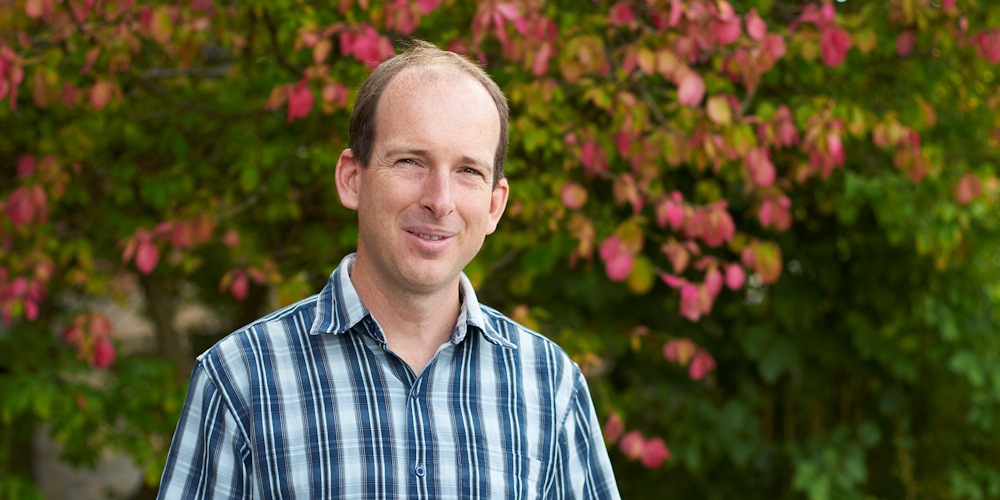
Obstacle is not a word Elliott uses lightly.
According to Quebec’s Environment Ministry, between 1986 and 2001, Montreal lost over 50 per cent of its forests to new development.
Urban sprawl has left Montreal with the lowest amount of parkland per capita — about 2.4 hectares per 1,000 people — among major Canadian cities, behind Toronto, Vancouver and Calgary. The national median is 4.5 hectares per 1,000 people. Regina, the Canadian city with the most abundant outdoor space, has over seven hectares per 1,000 residents.
Valérie Plante, the mayor of Montreal, has been trying to improve a desperate situation.
In August 2019, she announced the creation of a new, 3,000-hectare park called the Grand Parc de l’Ouest.
When completed in 2030, it will be Canada’s largest municipal park.
It will include five large, existing nature reserves at the western edge of the city — Anse-à-l'Orme, le Bois-de-l'Île-Bizard, Parc agricole du Bois-de-la-Roche, Cap-Saint-Jacques and Rapides-du-Cheval-Blanc — stitched together with newly acquired properties.
Among recent acquisitions is 140 hectares of farmers’ fields that were originally slated to be a new housing development.
A new set of green lungs

Quebec aspires to reach carbon neutrality by 2050.
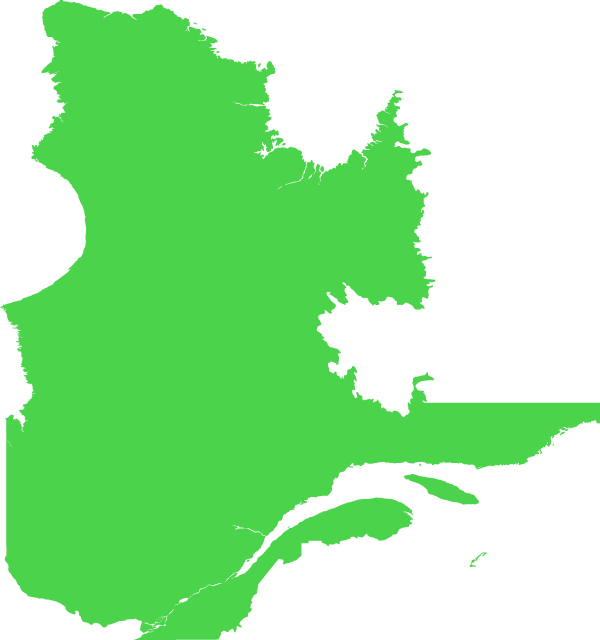
Plante's environmental bent is in line with provincial ambitions to reduce Quebec's carbon emissions by 37.5 per cent compared with 1990 levels by 2030. The province aspires to reach carbon neutrality by 2050. Quebec's key clean resource is hydro power, which it has in abundance — the province's electricity is derived from sources that are more than 99.8 per cent renewable and most of it is hydropower, the government's 2030 Plan for a Green Economy notes.
Although Quebec's primary focus is to shift as much as possible to electricity, the 2030 plan notes land use planning will also “play an important role in strengthening the resilience of communities.”
To that end, preserving Montreal’s remaining wild spaces goes a long way.
The park will benefit more than the Canada warbler. Over 200 other species of birds currently pass through Montreal’s western tip every year.
“Speaking for the birds, this is a good thing,” says Simon Duval, who works at the McGill Bird Observatory, a migration research facility that will sit within the Grand Parc de l’Ouest. “It protects an important staging area for migrating songbirds, including wooded areas, shrub lands and grassy fields — diverse habitats that support diverse species.”
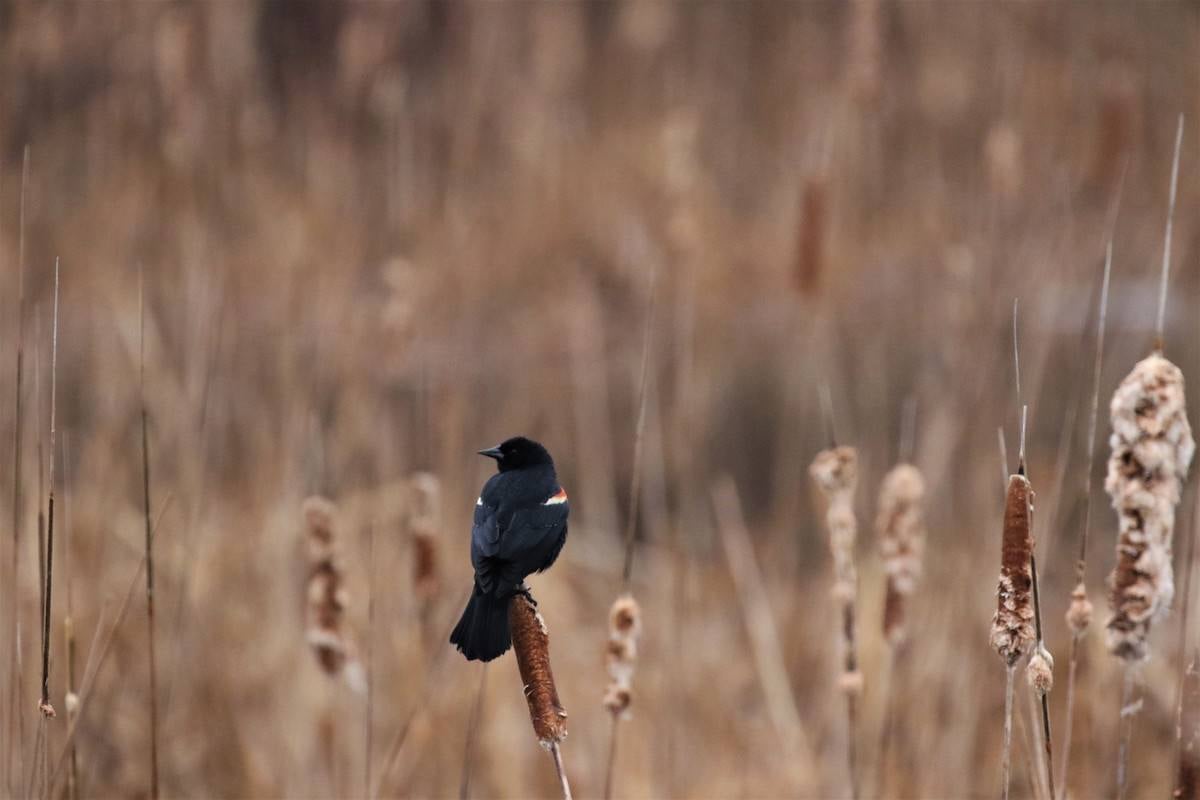
There are numerous practical — not to mention urgent — human benefits as well. The Grand Parc, which juts into the confluence of the Ottawa and St. Lawrence rivers, safeguards some of Montreal’s last major marshes.
“Protecting our shores is about resiliency,” says Plante. “Marshes help prevent flooding. And, as we saw in the major floods of 2017, flooding is becoming a serious issue for the city.”
The 2017 post-winter snowmelts Plante is referring to washed out over 5,000 homes in southern Quebec, including many in the western Montreal neighbourhoods edged by the Grand Parc.
Then there’s carbon. Plante has made a commitment to reduce Montreal’s greenhouse gases by 55 per cent below 1990 levels by 2030. To achieve the objective, she has outlined many tactics in her climate change 2020-30 plan, including banning all non-electric cars downtown, using tax breaks to incentivize greener buildings, eliminating parking at all metro stations and planting some half a million new trees over the next 10 years.
Estimates vary regarding the carbon sequestration potential of urban parks, but according to the Canadian Council of Forest Ministers, a single hectare of mature trees can absorb 6.4 tonnes of CO2 per year. A hectare of marshland or tall grasses can sequester between one and four tonnes per year. The average Quebec household, according to Statistics Canada, produces 3.9 tonnes per year.
Mount Royal, the iconic 200-hectare park just north of the financial district, is often considered Montreal’s green lungs. Considering the Grand Parc is about 15 times larger and has the potential to absorb the carbon for thousands of local households, its preservation should help a lot of city dwellers breathe much easier.
Walking the talk

After Plante announced the Grand Parc de l’Ouest, she followed up her promise with swift, decisive actions. Within a year, her administration bought and preserved more land than any other mayoralty in the 15 years prior. The 140-hectare farmland acquisition alone cost $73 million, including $50 million from the federal government.
To further safeguard the Cap Nature site, which includes marshlands as well as grassy fields, the city deemed it a flood zone, and therefore inappropriate for any new residential construction. Setting aside the property for the Grand Parc also meant squelching a 5,000-unit housing development called Cap Nature — a move many mayors would have balked at due to the lost development and property tax revenues.
By taking such decisive measures, Plante is reversing a big talk, little progress approach that has hindered land preservation in Montreal since at least the turn of the millennium. In 2002, at the beginning of a 10-year tenure as mayor, Gérald Tremblay committed to nearly triple the amount of parkland from a paltry three per cent of the city’s total area up to eight per cent (eight per cent being the average for Quebec municipalities at the time). By the time he resigned in 2012, embroiled in a slew of corruption allegations centred around public infrastructure spending, he had only increased the amount of park space to just over five per cent. Meanwhile, in his last three years in office, he approved 25,000 new parking spots.
After Denis Coderre became mayor in 2013, he upped the goal to a full 10 per cent. After his four-year term, Montreal’s parkland had only grown to about six per cent. Toronto, as a comparison, has preserved over 13 per cent of its total area as parks.
Despite their pledges to increase Montreal’s verdancy, both Tremblay and Coderre supported the Cap Nature housing development. They justified turning untouched marshes and farmers fields into housing by saying part of the site would still be preserved, and that preservation would be financed through the rest of the development. To Plante, such a bargain is insufficient.
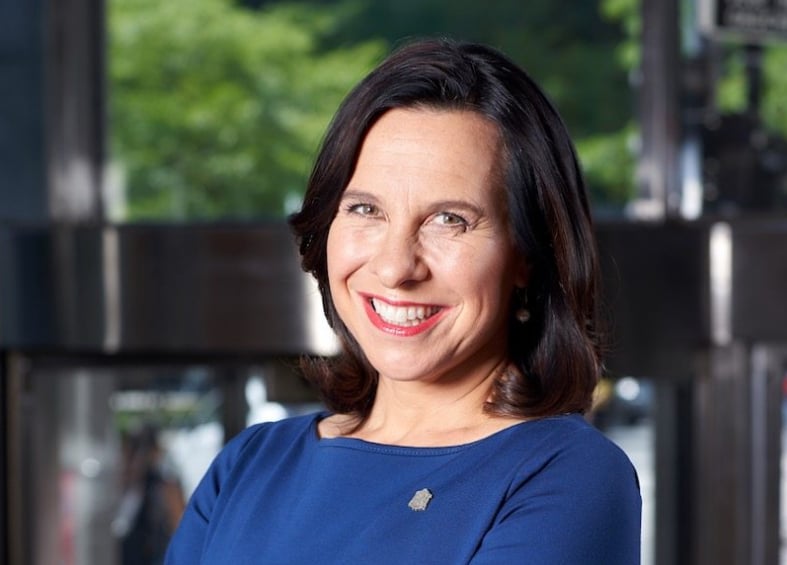
We simply can’t destroy more virgin green space.
Valérie Plante, Montreal mayor
“We simply can’t destroy more virgin green space,” says Plante. “Especially if that would mean putting new infrastructure, new roads, new plumbing through a marshland, which would be both difficult and expensive and ultimately make no sense.”
The enthusiasm around Plante’s stand, however, is slightly dampened by the reality that after years and years of pro-development mayors, even a project as monumental as the Grand Parc might be too late for the city to reach its 10 per cent preservation goal (or the even better, more ambitious goal, laid out by the UN Convention of Biodiversity, of 17 per cent, which would truly help species such as the Canada warbler thrive).
“We applaud, of course, what has been done in creating the Grand Parc,” says environmental activist David Fletcher, vice-president of the Green Coalition, a group that has been advocating for more and better land preservation since the late 1980s. “In order to reach 10 per cent, nearly 2,000 hectares of land would have to be set aside as green space. That amount of new land suitable for conservation is simply unavailable within the Montreal agglomeration limits.”
Designing an eco park

The creation of a massive park such as the Grand Parc de l’Ouest is bound to elicit at least some controversy. In September 2019, three land developers — Développements Pierrefonds Inc., Les Immeubles l’Équerre Inc. and Quartier de l’Ouest de l’Île — who, together, had plans to build on the Cap Nature site, launched a $178-million lawsuit against the City of Montreal and Plante. The group alleges that Plante’s actions have erased over a decade’s worth of planning agreements with the city, caused millions in lost business opportunities and prevented what they say would have been a sustainable, contextually sensitive housing development. The matter is still before the courts.
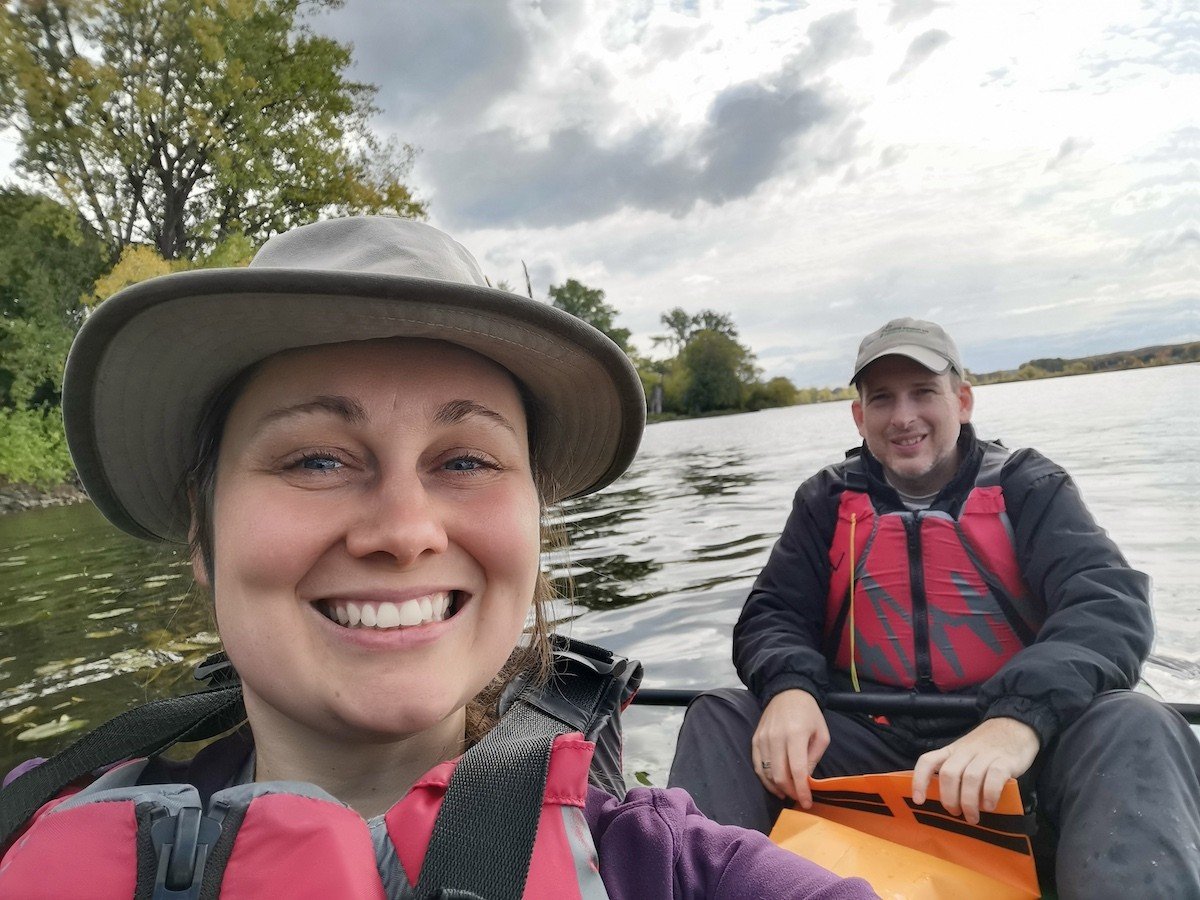
While bird lovers such as Elliott and Duval laud the development, they hope the park stays true to the idea of land preservation — as opposed to turning it into a second, if larger, Mount Royal, ribboned with many trails, every inch conceived by a landscape architect. The 500,000 trees Plante wants to plant, for instance, maybe shouldn’t all be located in the Grand Parc.
“Sometimes, people get in their minds that a park has to, say, have a lot of trees,” says Elliott. “So they plant a lot of trees. Which is a good intention. But birds, as well as many other species of animals and insects, need a variety of habitats, habitats that already exist in the Grand Parc de l’Ouest. Sometimes it’s better to just leave things as they are.”
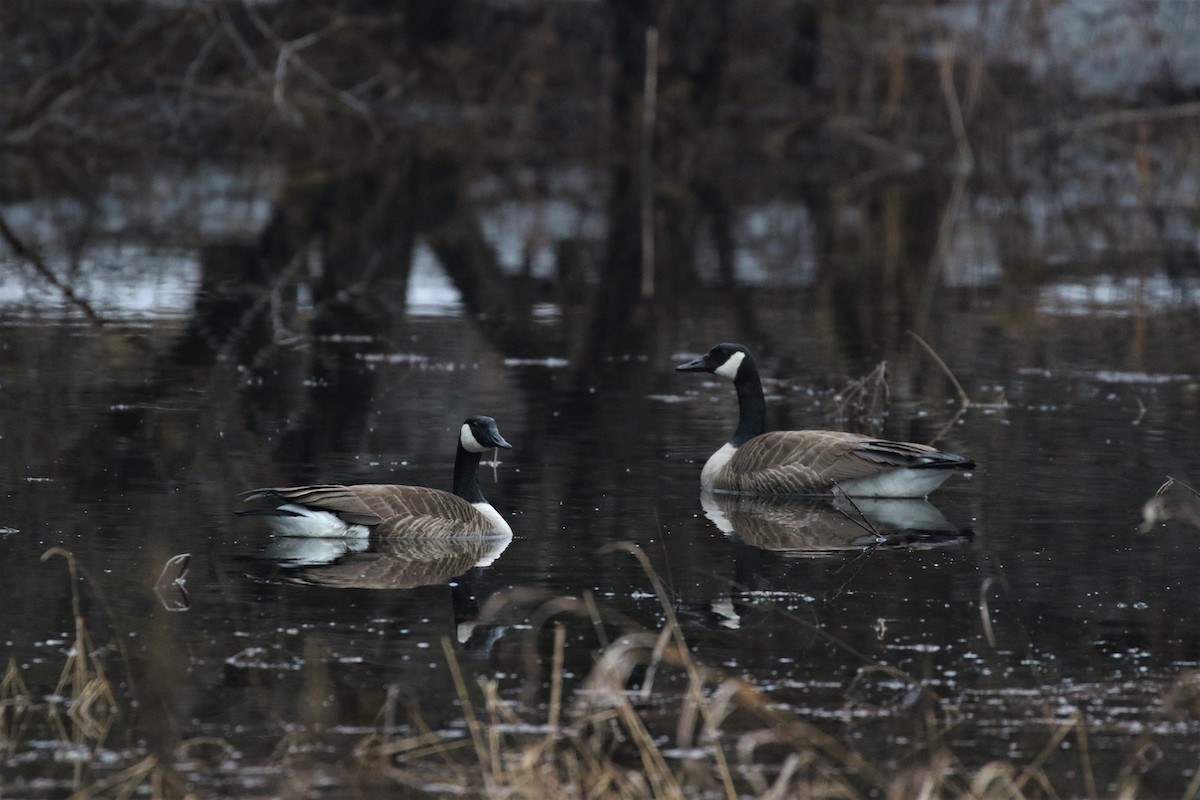
Although Fletcher describes Plante’s work on the eco park as “socially and environmentally progressive,” he also says the city must take bigger, bolder strides to truly overcome its overall dismal record on parks — especially given the lack of virgin land. Among his ideas are reclaiming and remediating industrial sites and turning them into wildlife refuges.
It might take five years, 20 years. But it’s so crucial, for flood prevention, that (we) have the option to protect our shores and preserve those spaces in the public interest.
Valérie Plante, Montreal mayor
While Plante doesn’t rule out land remediation, she notes that it’s “expensive,” and to continue growing the city’s park space, she prefers what’s known as the city’s pre-emptive right of right refusal on privately owned territories. Basically, when properties that the city deems to have preservation potential go for sale, the municipality reserves the option to buy the land first, provided they match whatever the market value is determined to be.
“We have our eyes on the island’s shores,” says Plante. “It might take five years, 20 years. But it’s so crucial, for flood prevention, that (we) have the option to protect our shores and preserve those spaces in the public interest.”
Plante also doesn’t demure about upsetting prevailing business interests — developers or otherwise. Nor does she deny that ordinary, everyday Montreal might have to make sacrifices.
She says it takes courage to execute climate reduction plans, but she's convinced people in Montreal are committed to change, even if it means people will have to make some tough, expensive choices. “Ultimately, I think we, and future generations, will get a lot back from these investments in the future.”
Great news.
Great news.
In time, we hope to also see a large green space, part park part reserve, on the other side of the city, where more of the lower income residents live, as real estate is cheaper near the gritty east-end refinery industries.
https://www.mtl.org/en/experience/guide-montreal-parks-green-spaces
That's so important... green
Good, solid article, thanks.
Good, solid article, thanks. It's good to hear that such responsible action is getting public support.


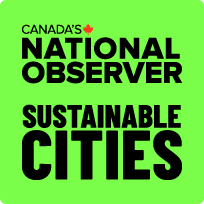
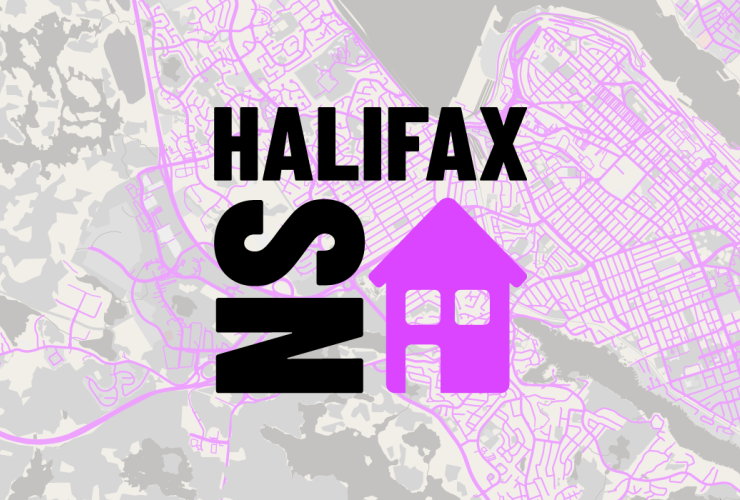
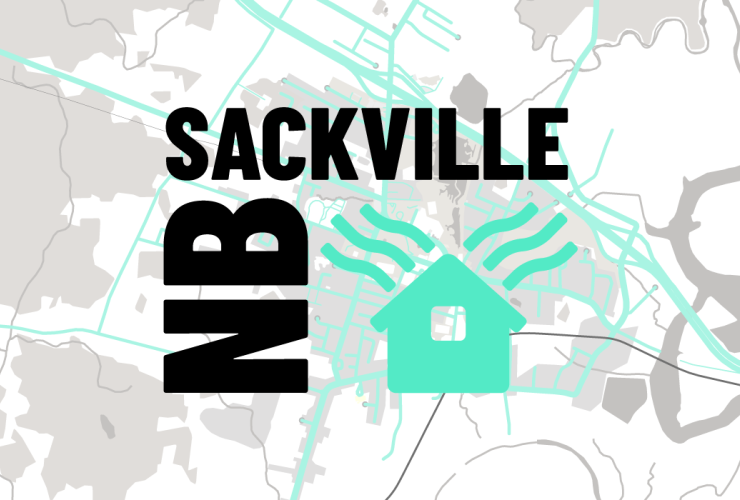
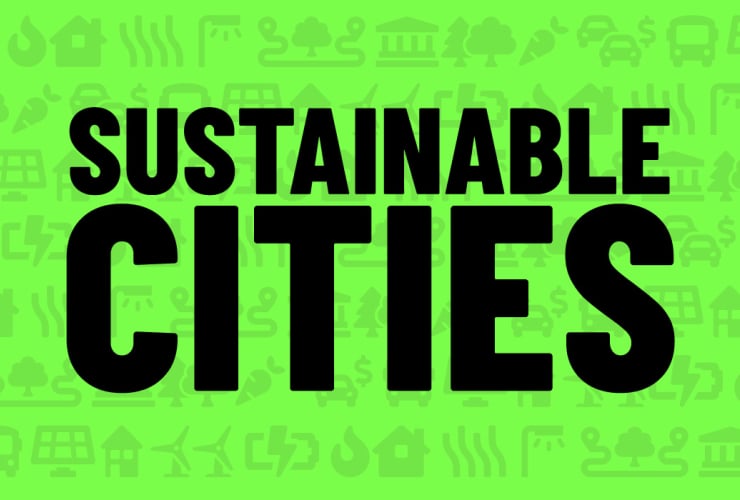
Comments